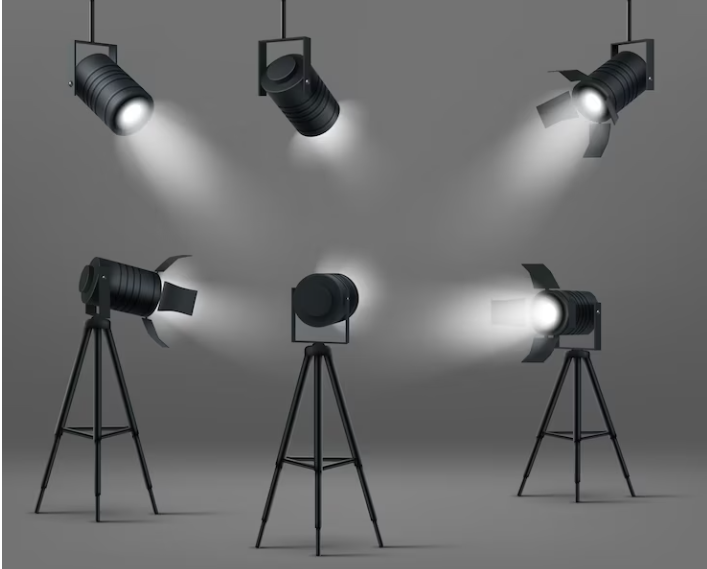The types of lighting in photography

Lighting is one of the most important elements in photography, and understanding the different types of lighting can help you create stunning images that capture the essence of your subject. In this blog, we will explore the various types of lighting in photography and how they can be used to create different moods and effects in your images.
1. Natural light
Natural light refers to the light that comes from the sun or other natural sources, such as the moon or stars. Natural light can vary depending on the time of day, weather conditions, and location. It can create a range of moods, from soft and warm to dramatic and intense. Photographers often use natural light to create a natural, authentic feel in their images.
2. Artificial light
Artificial light refers to any type of light that is not natural, such as light bulbs or flashes. This type of lighting can be controlled and adjusted to create specific effects and moods in your images. For example, using a flash can help to fill in shadows and create a more even exposure, while colored lights can be used to create a unique and creative effect.
3. Soft light
Soft light refers to light that is diffused, creating a soft, gentle effect. This type of lighting is often used in portrait photography to create a flattering, natural-looking image. Soft light can be created by using a reflector, diffuser, or by positioning the subject in a location where the light is naturally diffused, such as under a tree or on an overcast day.
4. Hard light
Hard light refers to light that is direct and creates strong shadows. This type of lighting can be used to create a dramatic, high-contrast image with deep shadows and bright highlights. Hard light is often used in fashion photography, where the strong shadows can be used to create a sense of depth and texture.
5. Backlight
Backlight refers to the light that is behind the subject, creating a halo effect around them. This type of lighting can be used to create a sense of drama and to highlight the subject’s silhouette. Backlight can be created by positioning the subject in front of a window or using a reflector to bounce the light back onto the subject.
6. Side light
Side light refers to the light that comes from the side of the subject, creating a sense of depth and texture. This type of lighting can be used to highlight the subject’s features and create a dramatic effect. Side light can be created by positioning the subject next to a window or using a reflector to bounce the light onto the side of the subject.
7. Top light
Top light refers to the light that comes from above the subject, creating a strong, directional effect. This type of lighting can be used to create a sense of drama and to highlight the subject’s features. Top light can be created by positioning the subject under a light source or by using a reflector to bounce the light onto the subject’s face.
In conclusion, understanding the different types of lighting in photography is essential to creating stunning images that capture the essence of your subject. Whether you’re using natural light or artificial light, soft light or hard light, each type of lighting can be used to create a unique and creative effect. By experimenting with different types of lighting and learning how to control and adjust your lighting, you can take your photography skills to the next level and create images that are truly breath-taking.
